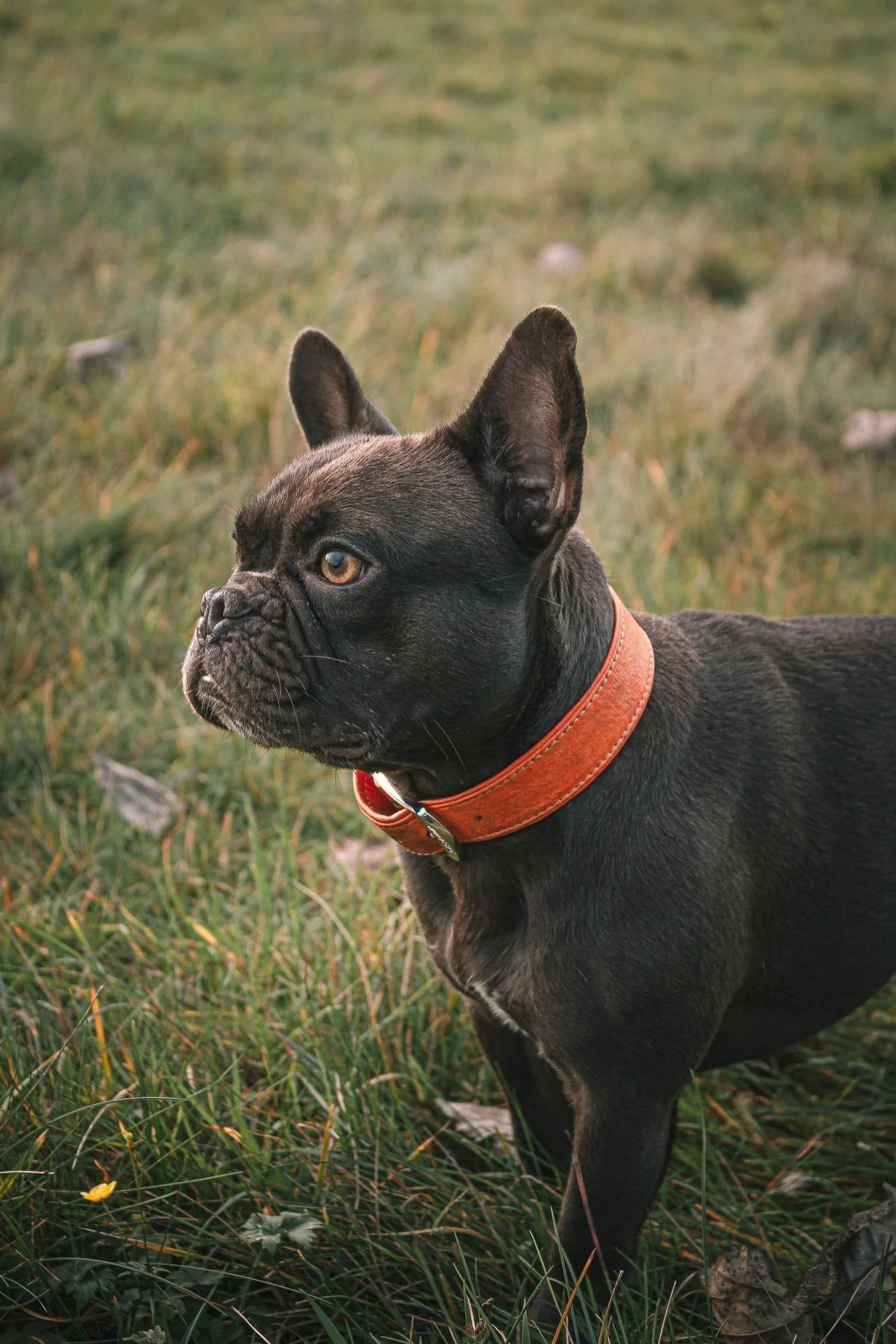Is the French Bulldog recognized by the AKC, and is there a breed standard?
A common question from pet owners is, “How much daily exercise does a dog need daily?” In other words, “How much exercise does a dog require every day?”
This depends on the dog’s age, health, and breed, which makes the answer different. You can, however, follow a few simple rules as given below to ensure that your dog is receiving the exercise she needs.
How Much Exercise Does a Dog Need Daily?
Most dogs should get 30 minutes to 2 hours of exercise every day, but others require more. Some breeds were intended for more active lives than others, and as a result, they cannot do the tasks for which they were originally created when used as companion dogs.
A puppy’s need for brief bursts of activity like the zoomies is greater than an adult dog’s since puppies have more energy than adults. Shorter walks or play sessions throughout the day are a better option for puppies since they are continually growing and may put too much strain on their developing bodies. Because every puppy is unique, the more time you spend with him, the more you’ll discover how much exercise your dog needs daily to be healthy and happy.
What Is the Recommended Daily Routine for an Adult Dog?
How much exercise a dog needs daily is largely influenced by his breed. Compared to low-energy breeds like the Bulldog or Basset Hound, high-energy dogs such as Border Collies and Belgian Malinois need a lot more activity.
When looking for a puppy, it’s crucial to consider how much activity a particular breed requires. No one should acquire an athletic dog breed unless they are already active themselves, and no one should expect their Poodle, unless they are using a stroller, to accompany them in marathon training.
The health of your dog is also very crucial. Discuss a suitable exercise program with your vet for your adult dog if he has a medical problem like hip dysplasia or cardiac or respiratory concerns, so that he may remain healthy without being in any pain.
How much physical activity is necessary for a senior dog?
Exercise is just as vital for your senior dog as it is for your puppy, even if your senior dog may be unable to run the distances she once could and may have to be restricted to a stroll instead. Talk to your veterinarian about how to keep your elderly dog active, and also keep an eye on her demeanor. You, as the dog’s owner, are in the greatest position to determine how much activity your dog can tolerate.
Keeping dogs active and mentally stimulated helps them live longer and reduce the risk of obesity, which in turn prolongs their lives.
What type of activity are we referring to when we suggest that a dog needs more exercise?
For most dogs, a daily 20-minute walk around the neighborhood on the same route isn’t enough. Experiment with the length and tempo of your dog’s exercise program to see what works best for yours. How much time does your dog like to spend sniffing about, or is he more content with a leisurely stroll? The time of day is also significant. It is very uncommon for dogs to need as much as three or more workouts each day. Taking your dog for a morning walk without providing an evening activity might mean that your pet is rested and ready to go when you get home from work, so plan accordingly.
Try giving your dog extra exercise and notice how much better he or she feels as a result! And if you’re short on time, leave it to the pros at Outdoor Dog Adventures.
Exercise Tips Your Dog
If you are quriours about how do you keep a dog active? Or how much exercise does your dog need daily? Take your dog for a walk around the block, which may be sufficient for certain breeds (like Frenchies). Even couch potatoes (like Frenchies) like a change of pace every now and again, and there are endless possibilities to walk your dog every day.
Sport Activities: Many canine sports are available, allowing you and your pet to explore new things or remain with your favorite pastimes. Scent work, agility, obedience, flyball, and dock diving are just a few of the activities that may be done with a dog.
Skating:
Your dog can go inline skating, rollerblading, or skateboarding with you. Skate in an enclosed space at first, and always use proper safety gear when teaching your dog to this new sport.
Going for a Bike Ride with You:
Many dogs accompany their owners on rides, even though it’s not the best idea for all pets. For your Frenchie, putting them in a basket on your bike or a backpack carrier may be the way to go. While riding a bike on the road might be risky, many communities provide bike routes where you and your dog can ride together safely.
Hiking:
Dogs are just as enthusiastic about exploring the great outdoors as you are. If you’re looking for new places to visit, consider taking your dog along with you on your next excursion (start out easy with your Frenchie and go during the cooler part of the day—you can increase the time and difficulty as they indicate they can handle more).
Swimming:
Swimming is an excellent low-impact activity for dogs with joint issues since it doesn’t put a lot of stress on the joints. To get the best cardio exercise, keep your dog in the water for as long as possible using a life jacket (life vests are important, as Frenchies are top heavy and generally not great swimmers, although there are exceptions).
Fetch:
A game of fetch needn’t be tedious. Make your dog run up a hill to recover a ball, or throw a ball into the water to break up her fetch routine. The best way to keep your dog active and engaged is to switch up her favorite toys.
Sledding:
You don’t have to be a sled dog to do dog sledding. People like these activities as well, especially sledding, carting, and skijoring, which are all forms of draft labor that larger breeds appreciate (just remember that Frenchies are small dogs, and do not give them more weight than they can handle).
Obedience:
While practicing memory, retrieval, and repeating fundamental instructions may not seem to be exercise at first look, this cerebral stimulation and physical activity go hand in hand. Fun new tricks, such as weaving and whirling, may be taught to your dog.




